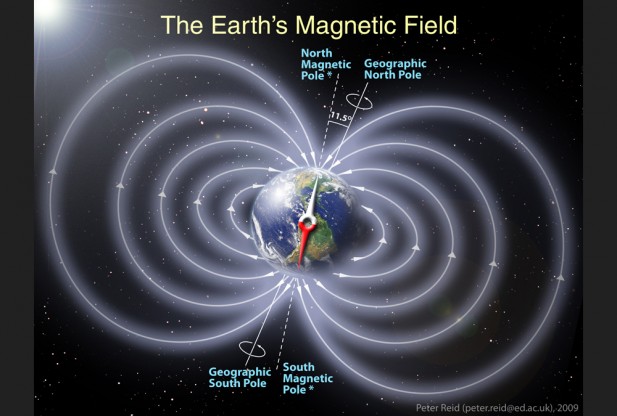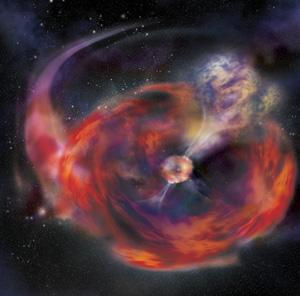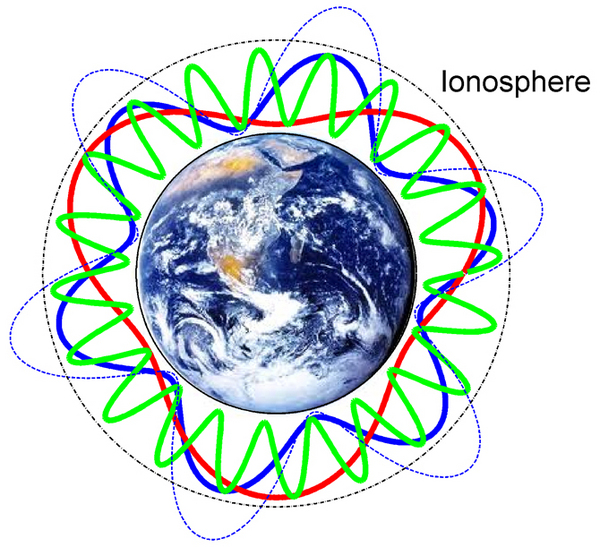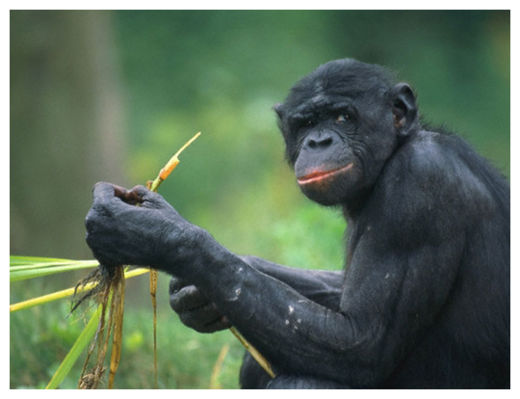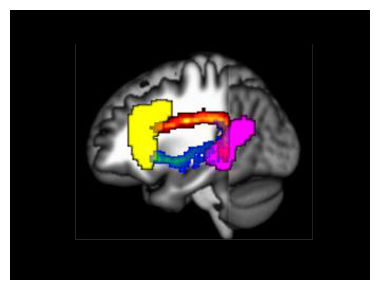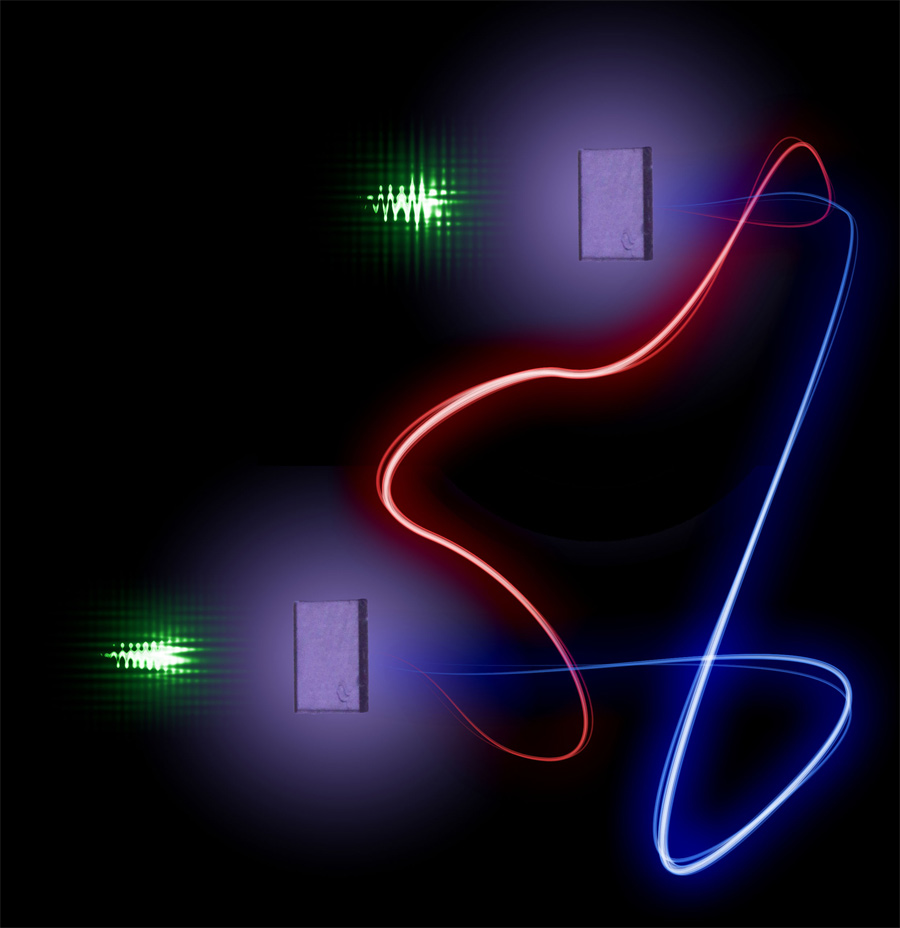
Scientists have linked two diamonds in a mysterious process called entanglement that is normally only seen on the quantum scale.
Entanglement is so weird that Einstein dubbed it "spooky action at a distance." It's a strange effect where one object gets connected to another so that even if they are separated by large distances, an action performed on one will affect the other. Entanglement usually occurs with subatomic particles, and was predicted by the theory of quantum mechanics, which governs the realm of the very small.
But now physicists have succeeded in entangling two macroscopic diamonds, demonstrating that quantum mechanical effects are not limited to the microscopic scale.
"I think it's an important step into a new regime of thinking about quantum phenomena," physicist Ian Walmsley of England's University of Oxford said."That is, in this regime of the bigger world, room temperatures, ambient conditions. Although the phenomenon was expected to exist, actually being able to observe it in such a system we think is quite exciting."
